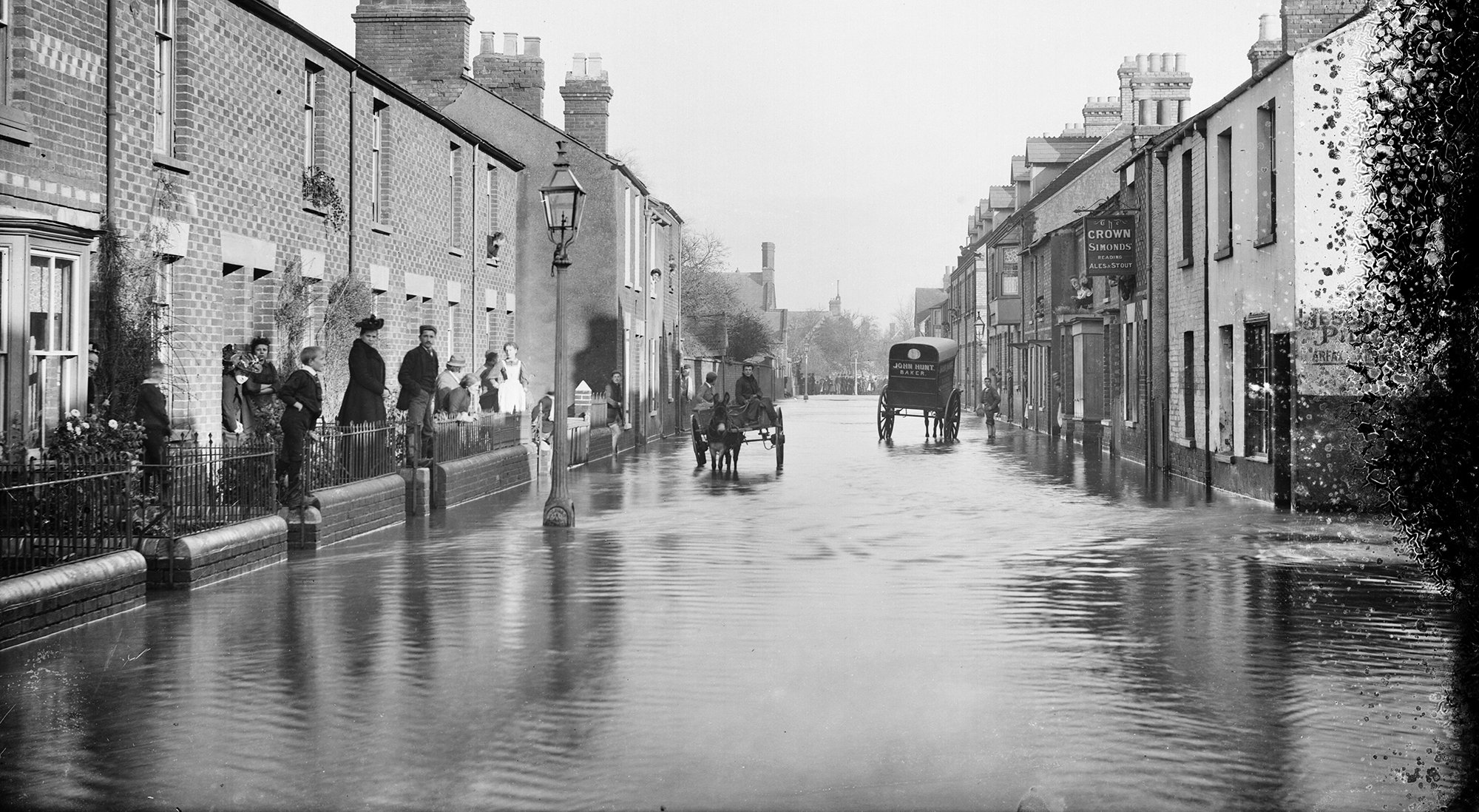Flooding and Older Homes
Many older homes were built near rivers or the coast because water offered the fastest transport routes before rail and road systems developed. These buildings were designed and constructed to be resilient to flooding.
Today, buildings are more at risk from flooding due to our changing climate. The increase in paved surfaces is contributing to surface water flooding and sewer flooding. To house our growing population, homes have also been built in areas susceptible to groundwater flooding.
Older buildings, where appropriately maintained, are by design extremely resilient and can recover quickly from flooding. However, they can be damaged after a flood by unsuitable drying methods and repair works, and historic materials and fittings being thrown away unnecessarily.
-
Are You at Risk of Flooding?
It is important to understand the type and extent of flood risk to your home as flooding can come from a variety of sources.
-
Protecting Your Home from Flooding and Flood Damage
If your home is at risk of flooding, there are measures you could consider to help reduce the water entering your home and the damage it causes.
-
After a Flood
If you are unfortunate enough to suffer a flood then this page gives some advice on what to do after flooding.
-
How To Treat and Store Objects After an Emergency
Quick reference sheets on conservation treatments for salvaged books, ceramic and glass, furniture, metal objects, leather objects, paintings, paper, photographs, plastics, and textiles.
More information
For more information see our technical guidance and webinars below.
Flooding webinars
Flooding has been identified as one of the principal risks associated with our changing climate. Past years have seen devastating flooding over large areas of the country and an estimated one in six properties in England are estimated to be in areas at risk of flooding. Flood water can cause harm to historic buildings, however if looked after our traditional buildings may be far more able to cope than you might think.
View webinars about flooding from our Technical Tuesdays series





